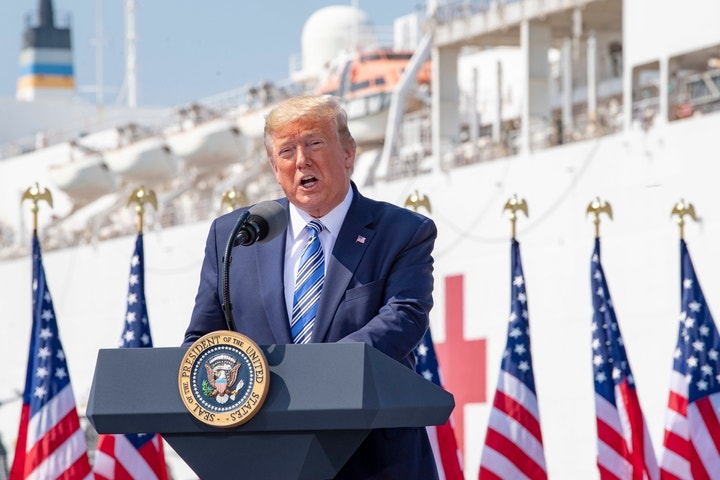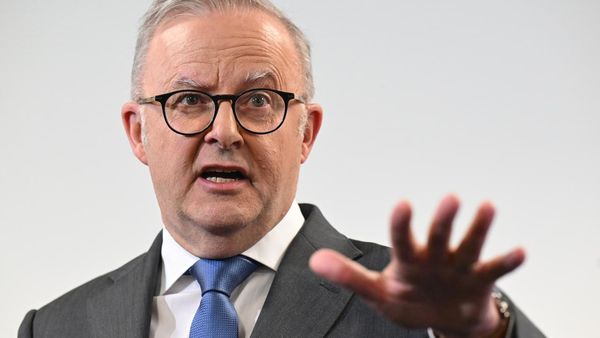
President Donald Trump has proposed a blanket tariff rate of 15%-20% on most nations, a notable jump from the current 10% base amid an unexpected federal budget surplus in June, largely attributed to a surge in tariff receipts.
What Happened: The U.S. Treasury Department reported a surplus of just over $27 billion in June, a stark contrast to May’s $316 billion deficit. Customs duties played a key role, totaling approximately $27 billion for the month, a staggering 301% increase from June 2024 figures.
As Ed Yardeni of Yardeni Research highlighted, Trump “must have loved the headline… ‘Treasury posts unexpected surplus in June as tariff receipts surge.”
Trump, in a telephone interview with NBC News' “Meet the Press” moderator Kristen Welker, asserted that “The tariffs have been very well received.” He believes that if a 10% tariff can generate around $300 billion annually, a 20% rate could double that intake.
However, experts caution against this aggressive approach. Yardeni noted that tariffs are essentially “a tax on U.S. importers,” which can erode corporate profit margins and profits. While rebounding productivity growth might offer some offset, the potential impact on businesses remains a significant concern.
Yardeni’s “humble advice to POTUS” serves as a stark warning: “Beware of hubris. Don't push your luck on tariffs. Also, don't mess with the Fed's independence. The Bond Vigilantes will push up bond yields.”
Why It Matters: The Federal Reserve, under Chair Jerome Powell, remains wary of tariffs’ inflationary potential, further complicating Trump’s calls for interest rate cuts to ease the burden of servicing the national debt, which saw net interest payments of $84 billion in June.
As the minutes of the Fed's June meeting were released on Wednesday last week, the word "uncertainty" reigned supreme.
The words "uncertain" and "uncertainty" appeared 28 times in the June 17-18 meeting minutes, and Fed Chair Jerome Powell mentioned the two words 19 times.
Price Action: Meanwhile, the markets tumbled on Friday after scaling fresh highs over the last week. The SPDR S&P 500 ETF Trust (NYSE:SPY) and Invesco QQQ Trust ETF (NASDAQ:QQQ), which track the S&P 500 index and Nasdaq 100 index, respectively, fell on Friday. The SPY was down 0.35% at $623.62, while the QQQ declined 0.23% to $554.20, according to Benzinga Pro data.
On Monday, the futures of the S&P 500, Dow Jones, and Nasdaq 100 indices were trading lower.
Read Next:
Disclaimer: This content was partially produced with the help of AI tools and was reviewed and published by Benzinga editors.
Photo courtesy: Rawpixel.com/Shutterstock







